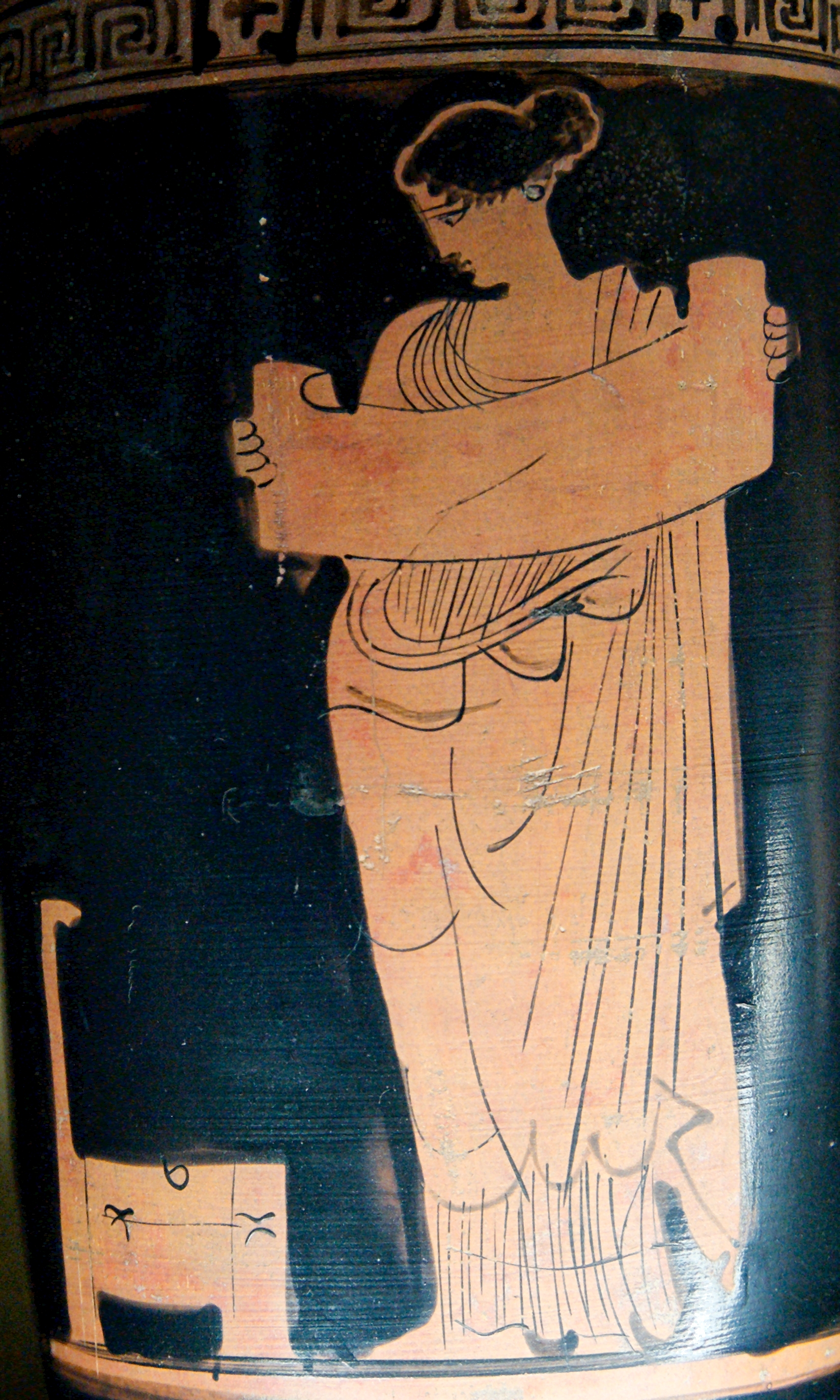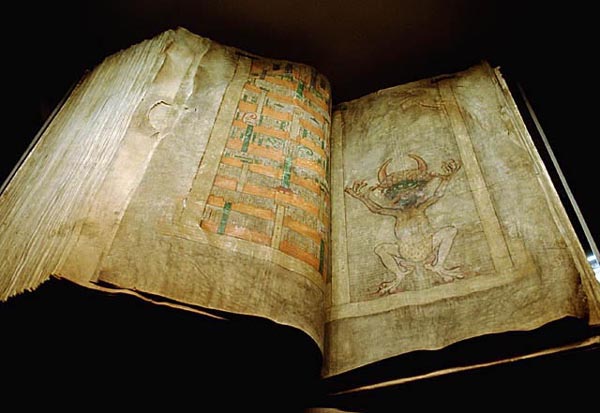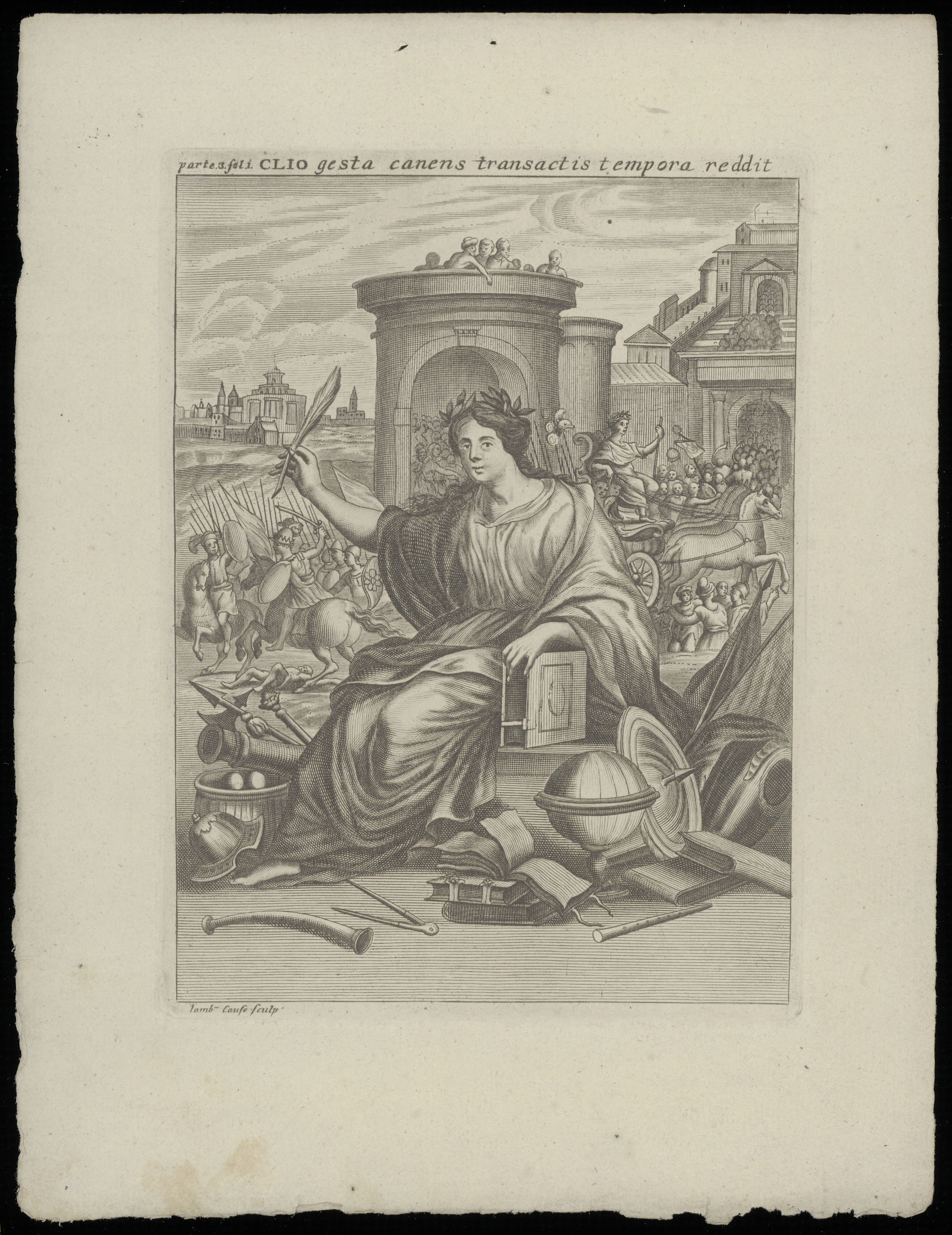|
Phaedrus (Plato)
The ''Phaedrus'' (; ), written by Plato, is a dialogue between Socrates and Phaedrus, an interlocutor in several dialogues. The ''Phaedrus'' was presumably composed around 370 BC, about the same time as Plato's ''Republic'' and ''Symposium''. Although ostensibly about the topic of love, the discussion in the dialogue revolves around the art of rhetoric and how it should be practiced, and dwells on subjects as diverse as metempsychosis (the Greek tradition of reincarnation) and erotic love, and the nature of the human soul shown in the famous chariot allegory. Setting Socrates runs into Phaedrus on the outskirts of Athens. Phaedrus has just come from the home of Epicrates of Athens, where Lysias, son of Cephalus, has given a speech on love. Socrates, stating that he is "sick with passion for hearing speeches", walks into the countryside with Phaedrus. Socrates is hoping that Phaedrus will repeat the speech. They sit by a stream under a plane tree and a chaste tree, and the r ... [...More Info...] [...Related Items...] OR: [Wikipedia] [Google] [Baidu] |
Plato
Plato ( ; Greek language, Greek: , ; born BC, died 348/347 BC) was an ancient Greek philosopher of the Classical Greece, Classical period who is considered a foundational thinker in Western philosophy and an innovator of the written dialogue and dialectic forms. He influenced all the major areas of theoretical philosophy and practical philosophy, and was the founder of the Platonic Academy, a philosophical school in History of Athens, Athens where Plato taught the doctrines that would later become known as Platonism. Plato's most famous contribution is the theory of forms, theory of forms (or ideas), which aims to solve what is now known as the problem of universals. He was influenced by the pre-Socratic thinkers Pythagoras, Heraclitus, and Parmenides, although much of what is known about them is derived from Plato himself. Along with his teacher Socrates, and his student Aristotle, Plato is a central figure in the history of Western philosophy. Plato's complete ... [...More Info...] [...Related Items...] OR: [Wikipedia] [Google] [Baidu] |
Soul
The soul is the purported Mind–body dualism, immaterial aspect or essence of a Outline of life forms, living being. It is typically believed to be Immortality, immortal and to exist apart from the material world. The three main theories that describe the relationship between the soul and the body are Interactionism (philosophy of mind), interactionism, Psychophysical parallelism, parallelism, and epiphenomenalism. Anthropology, Anthropologists and Psychology, psychologists have found that most humans are naturally inclined to believe in the existence of the soul and that they have interculturally distinguished between souls and bodies. The soul has been the central area of interest in philosophy since Ancient history, ancient times. Socrates envisioned the soul to possess a rational faculty, its practice being man's most godlike activity. Plato believed the soul to be the person's real self, an immaterial and immortal dweller of our lives that continues and thinks even after d ... [...More Info...] [...Related Items...] OR: [Wikipedia] [Google] [Baidu] |
Aphrodite
Aphrodite (, ) is an Greek mythology, ancient Greek goddess associated with love, lust, beauty, pleasure, passion, procreation, and as her syncretism, syncretised Roman counterpart , desire, Sexual intercourse, sex, fertility, prosperity, and victory. Aphrodite's major symbols include seashells, Myrtle (common), myrtles, roses, doves, sparrows, and swans. The cult of Aphrodite was largely derived from that of the Ancient Canaanite religion, Phoenician goddess Astarte, a cognate of the East Semitic goddess Ishtar, whose cult was based on the Sumerian religion, Sumerian cult of Inanna. Aphrodite's main cult centers were Kythira, Cythera, Cyprus, Corinth, and Athens. Her main festival was the Aphrodisia, which was celebrated annually in midsummer. In Laconia, Aphrodite was worshipped as a warrior goddess. She was also the patron goddess of Prostitution in ancient Greece, prostitutes, an association which led early scholars to propose the concept of sacred prostitution in Greco-Rom ... [...More Info...] [...Related Items...] OR: [Wikipedia] [Google] [Baidu] |
Muses
In ancient Greek religion and Greek mythology, mythology, the Muses (, ) were the Artistic inspiration, inspirational goddesses of literature, science, and the arts. They were considered the source of the knowledge embodied in the poetry, lyric poetry, lyric songs, and myths that were related orally for centuries in ancient Greek culture. The number and names of the Muses differed by region, but from the Classical Greece, Classical period the number of Muses was standardized to nine, and their names were generally given as Calliope, Clio, Polyhymnia, Euterpe, Terpsichore, Erato, Melpomene, Thalia (Muse), Thalia, and Urania. In modern figurative usage, a muse is a Muse (source of inspiration), person who serves as someone's source of artistic inspiration. Etymology The word ''Muses'' () perhaps came from the Indo-European ablaut#Proto-Indo-European, o-grade of the Proto-Indo-European language, Proto-Indo-European root (the basic meaning of which is 'put in mind' in verb formati ... [...More Info...] [...Related Items...] OR: [Wikipedia] [Google] [Baidu] |
Dionysus
In ancient Greek religion and Greek mythology, myth, Dionysus (; ) is the god of wine-making, orchards and fruit, vegetation, fertility, festivity, insanity, ritual madness, religious ecstasy, and theatre. He was also known as Bacchus ( or ; ) by the Greeks (a name later adopted by the Ancient Rome, Romans) for a frenzy he is said to induce called ''baccheia''. His wine, music, and ecstatic dance were considered to free his followers from self-conscious fear and care, and subvert the oppressive restraints of the powerful. His ''thyrsus'', a fennel-stem sceptre, sometimes wound with ivy and dripping with honey, is both a beneficent wand and a weapon used to destroy those who oppose his Cult of Dionysus, cult and the freedoms he represents. Those who partake of his mysteries are believed to become possessed and empowered by the god himself. His origins are uncertain, and his cults took many forms; some are described by ancient sources as Thrace, Thracian, others as Greek. In O ... [...More Info...] [...Related Items...] OR: [Wikipedia] [Google] [Baidu] |
Apollo
Apollo is one of the Twelve Olympians, Olympian deities in Ancient Greek religion, ancient Greek and Ancient Roman religion, Roman religion and Greek mythology, Greek and Roman mythology. Apollo has been recognized as a god of archery, music and dance, truth and prophecy, healing and diseases, the Sun and light, poetry, and more. One of the most important and complex of the Greek gods, he is the son of Zeus and Leto, and the twin brother of Artemis, goddess of the hunt. He is considered to be the most beautiful god and is represented as the ideal of the ''kouros'' (ephebe, or a beardless, athletic youth). Apollo is known in Greek-influenced Etruscan mythology as ''Apulu''. As the patron deity of Delphi (''Apollo Pythios''), Apollo is an oracular god—the prophetic deity of the Pythia, Delphic Oracle and also the deity of ritual purification. His oracles were often consulted for guidance in various matters. He was in general seen as the god who affords help and wards off e ... [...More Info...] [...Related Items...] OR: [Wikipedia] [Google] [Baidu] |
Theia Mania
Divine madness, also known as ''theia mania'' and crazy wisdom, is unconventional, outrageous, unexpected, or unpredictable behavior linked to religious or spiritual pursuits. Examples of divine madness can be found in Buddhism, Christianity, Hellenism, Hinduism, Islam, Judaism and Shamanism. It is usually explained as a manifestation of enlightened behavior by persons who have transcended societal norms, or as a means of spiritual practice or teaching among mendicants and teachers. These behaviors may seem to be symptoms of mental illness, but could also be manifestations of religious ecstasy or even be "strategic, purposeful activity" "by highly self-aware individuals making strategic use of the theme of madness in the construction of their public personas". Cross-cultural parallels According to June McDaniel and other scholars, divine madness is found in the history and practices of many cultures and may reflect religious ecstasy or expression of divine love. Plato in his ' ... [...More Info...] [...Related Items...] OR: [Wikipedia] [Google] [Baidu] |
Codex Clarkianus Phaedrus
The codex (: codices ) was the historical ancestor format of the modern book. Technically, the vast majority of modern books use the codex format of a stack of pages bound at one edge, along the side of the text. But the term ''codex'' is now reserved for older manuscript books, which mostly used sheets of vellum, parchment, or papyrus, rather than paper. By convention, the term is also used for any Aztec codex (although the earlier examples do not actually use the codex format), Maya codices and other pre-Columbian manuscripts. Library practices have led to many European manuscripts having "codex" as part of their usual name, as with the Codex Gigas, while most do not. Modern books are divided into paperback (or softback) and those bound with stiff boards, called hardbacks. Elaborate historical bindings are called treasure bindings. At least in the Western world, the main alternative to the paged codex format for a long document was the continuous scroll, which was the domin ... [...More Info...] [...Related Items...] OR: [Wikipedia] [Google] [Baidu] |
Muse
In ancient Greek religion and Greek mythology, mythology, the Muses (, ) were the Artistic inspiration, inspirational goddesses of literature, science, and the arts. They were considered the source of the knowledge embodied in the poetry, lyric poetry, lyric songs, and myths that were related orally for centuries in ancient Greek culture. The number and names of the Muses differed by region, but from the Classical Greece, Classical period the number of Muses was standardized to nine, and their names were generally given as Calliope, Clio, Polyhymnia, Euterpe, Terpsichore, Erato, Melpomene, Thalia (Muse), Thalia, and Urania. In modern figurative usage, a muse is a Muse (source of inspiration), person who serves as someone's source of artistic inspiration. Etymology The word ''Muses'' () perhaps came from the Indo-European ablaut#Proto-Indo-European, o-grade of the Proto-Indo-European language, Proto-Indo-European root (the basic meaning of which is 'put in mind' in verb formati ... [...More Info...] [...Related Items...] OR: [Wikipedia] [Google] [Baidu] |
Daemon (classical Mythology)
The daimon (), also spelled daemon (meaning "god", "godlike", "power", "fate"), denotes an "unknown superfactor", which can be either good or hostile. In ancient Greek religion and Greek mythology, mythology a daimon was imagined to be a lesser deity or guiding spirit. The word is derived from Proto-Indo-European ''daimon'' "provider, divider (of fortunes or destinies)," from the root ''*da-'' "to divide". Daimons were possibly seen as the Ensoulment#Ancient Greeks, souls of men of the golden age, Tutelary deity, tutelary deities, or the forces of fate. Description Daimons are lesser divinity, divinities or spirits, often personifications of abstraction, abstract concepts, beings of the same nature as both mortals and deities, similar to ghosts, chthonic heroes, spirit guides, forces of nature, or the deities themselves (see Plato's ''Symposium (Plato), Symposium''). According to Hesiod's myth, "great and powerful figures were to be honoured after death as a daimon…" A daimon ... [...More Info...] [...Related Items...] OR: [Wikipedia] [Google] [Baidu] |
Nymph
A nymph (; ; sometimes spelled nymphe) is a minor female nature deity in ancient Greek folklore. Distinct from other Greek goddesses, nymphs are generally regarded as personifications of nature; they are typically tied to a specific place, landform, or tree, and are usually depicted as Virginity, maidens. Because of their association with springs, they were often seen as having healing properties; other divine powers of the nymphs included divination and shapeshifting. In spite of their divine nature, they were not immortality, immortal. Nymphs are divided into various Nymph#List, broad subgroups based on their habitat, such as the Meliae (ash tree nymphs), the Dryads (oak tree nymphs), the Alseids (Grove (nature), grove nymphs), the Naiads (Spring (hydrology), spring nymphs), the Nereids (sea nymphs), the Oceanids (ocean nymphs), and the Oreads (mountain nymphs). Other nymphs included the Hesperides (evening nymphs), the Hyades (mythology), Hyades (rain nymphs), and the Pleiade ... [...More Info...] [...Related Items...] OR: [Wikipedia] [Google] [Baidu] |
Hubris
Hubris (; ), or less frequently hybris (), is extreme or excessive pride or dangerous overconfidence and complacency, often in combination with (or synonymous with) arrogance. Hubris, arrogance, and pretension are related to the need for victory (even if it does not always mean winning) instead of reconciliation, which "friendly" groups might promote. Hubris is usually perceived as a characteristic of an individual rather than a group, although the group the offender belongs to may suffer collateral consequences from wrongful acts. Hubris often indicates a loss of contact with reality and an overestimation of one's own competence, accomplishments, or capabilities. The term ''hubris'' originated in Ancient Greek, where it had several different meanings depending on the context. In legal usage, it meant assault or sexual crimes and theft of public property, and in religious usage it meant emulation of divinity or transgression against a god. Ancient Greek origin In ancient ... [...More Info...] [...Related Items...] OR: [Wikipedia] [Google] [Baidu] |











